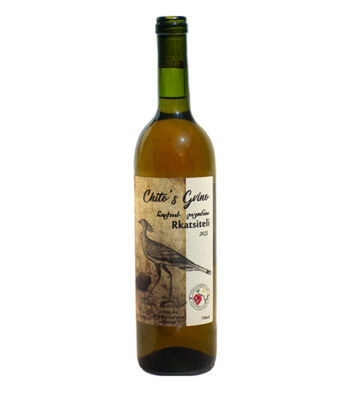Discover Our Exclusive Wine Collection
Authentic Georgian Wines, Delivered to Your Doorstep
Explore Our Selection
Certified Organic Wines
Experience the Purest Georgian Terroir
Taste Organic Excellence
Join Our Exclusive Wine Events
Tastings, Masterclasses & Cultural Experiences
Discover Upcoming Events
Georgian Wine Online
Welcome to GeorgianWine.online, your premier destination for authentic Georgian wines delivered directly to your doorstep. Explore our exclusive collection featuring certified organic selections that capture the pure essence of Georgia's rich terroir. Join our curated tastings, masterclasses, and cultural events to immerse yourself in the world's oldest winemaking traditions. Experience the unparalleled flavours and heritage of Georgian wines with us today.
Georgian Wine catalog
Latest articles about Georgian wine


Oldest wine in the world
It is in Georgia that the oldest evidence of winemaking has been discovered, with traces of wine found on clay vessels dating back approximately 8,000 years. If we look at the word “wine” itself, the roots of this word can also be traced back to Georgia, where the original term is ღვინო (ghvino).
Georgia has also made a significant contribution to wine classification by introducing a new color of wine—amber (sometimes referred to as orange or, less commonly, copper). Amber wines are produced from white grape varieties, but they gain their deeper flavor, complex rich aroma, and characteristic intense golden color from the process of fermenting the grapes in their entirety after crushing, without separating the juice from the skins and seeds, and often including the stems as well. In other words, amber wine is made from white grape varieties using the production technique of red wine, where the seeds and skins remain in prolonged contact with the fermenting grape juice.














